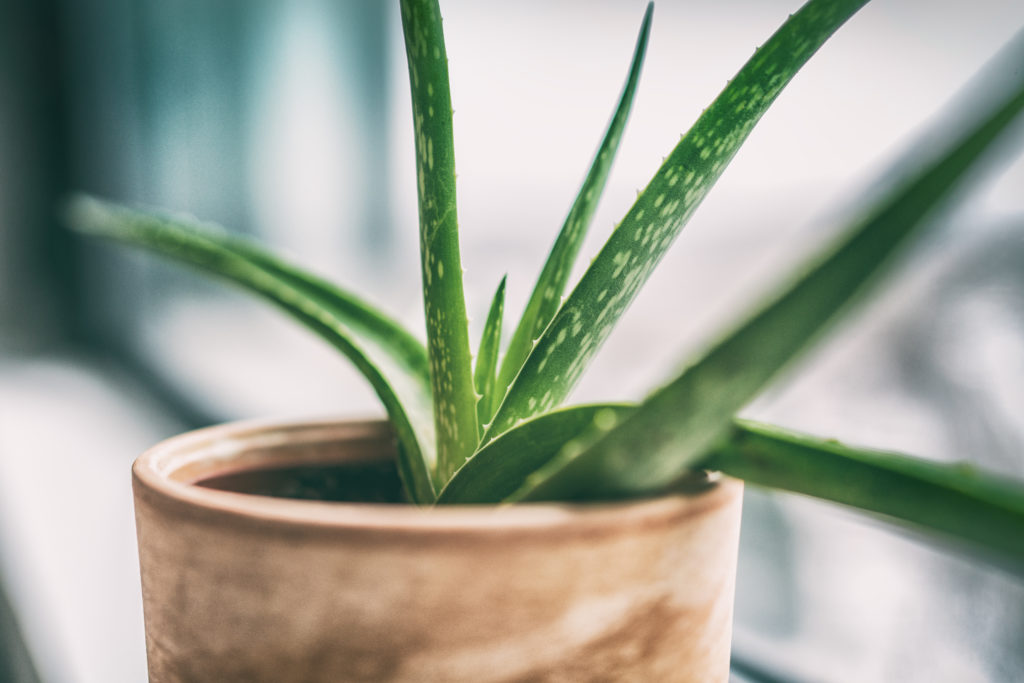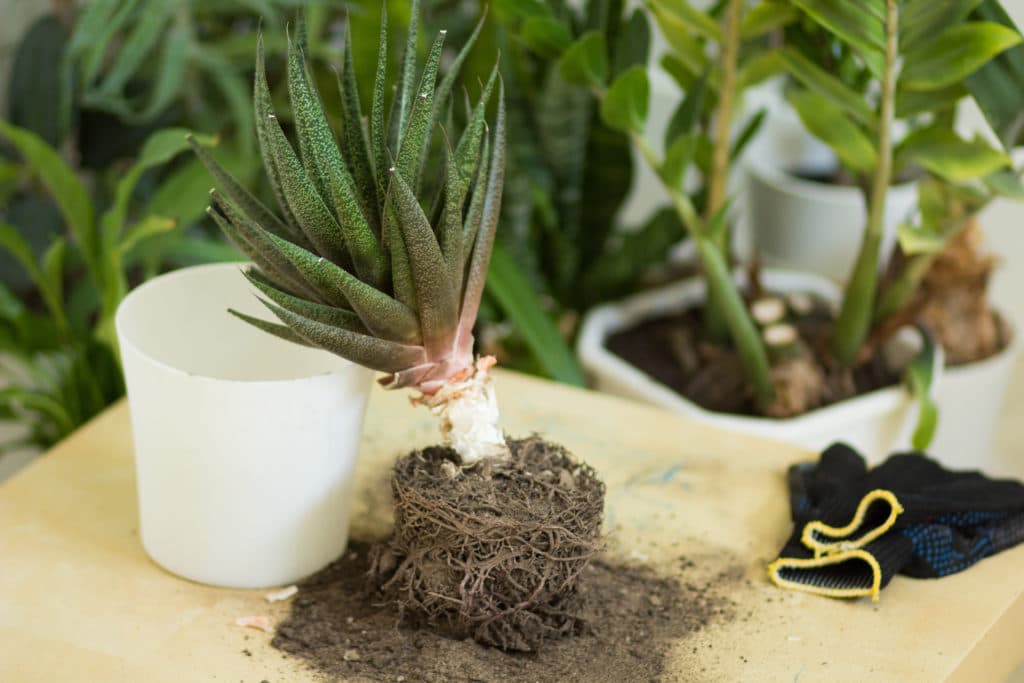
Aloe vera plants are very popular and attractive plants to have around the house or outdoors, not to mention the medicinal benefits of their leaves.
However, many people find that their aloe plant is drooping for one reason or another. If your aloe plant has suddenly started drooping, don’t worry; you are not alone!
There are a couple of things that can cause this problem. We will discuss four reasons why an aloe vera plant may be drooping and what you should do about it in this blog post!
Why Is My Aloe Plant Drooping? Causes And Solutions
The first reason your aloe plant may be drooping is due to overwatering.
Aloe plants do not like wet feet, so if you are watering them too often or giving them too much water at once, their roots will start to rot and the plant will droop.
If this is the case, cut back on the amount of water you are giving your droopy plant and wait until the soil dries out before watering it again.
Drainage
Your droopy aloe plant may be suffering from overwatering, as well as drought if it is unable to drain properly.
Make sure your aloe vera is in draining potting soil and that there’s a drainage hole in the bottom of its container.
This allows the dirt to dry out between waterings, which is essential for maintaining the plant’s health.
The second reason your aloe plant may be drooping is due to underwatering.
If you are not giving your plant enough water, it will start to wilt and eventually become a droopy plant.
Potting mix that is too dry will also cause an aloe plant to droop. In this case, make sure to give your plant a good drink of water and then wait until the soil dries out before watering it again.
When your aloe plant’s potting soil has dried out entirely, it’s time to water.
Soak the dirt and make sure there is a drainage hole at the bottom. It’s time to water again when the soil has dried completely.
Thirdly, if there is excessive sunlight or heat exposure, your aloe plant may start drooping as well. This is because aloe plants do not like hot weather and can get sunburned easily.
If this is the case, try moving your droopy aloe plant to a shadier spot with indirect light or provide some shade with a cloth or sheet.

Disease
Aloe plants are low-maintenance, but they can get sick with certain diseases. There are a few problems to be aware of, including:
Aloe Rust: Aloe rust is a fungal infection that can happen due to too much dampness or a temperature that is too cool. The fungus flourishes as a result of these circumstances.
The symptoms of this illness are the development of yellow spots that develop into larger brown spots. On the underside of the leaves, orange spores may grow.
This condition usually confines itself to a single plant, but make sure you’re not overwatering the aloe and it’s kept between 68°F and 80°F (20°C and 27°C).
Basal Stem Rot: Basal stem rot is a fungus that can infect plants if they are kept in too much water. The aloe’s base may become brown and/or decay.
This is a severe disease that can harm the plant and need to be cut out to preserve parts of it unaffected.
Bacterial Soft Rot: This is an aloe vera leaf disease in which the leaves become wet and droop. If your leaves are sagging and drooping, it’s most likely due to a bacterial infection.
This is frequently caused by overwatering since the extra water allows germs to grow. This illness is extremely dangerous, and if left untreated, it may destroy the aloe vera plant entirely.
If your aloe vera plant is drooping or appears to be unhealthy, act quickly to discover the source and attempt to correct the situation. It’s usually caused by overwatering the plant, as you can see.
Fourth and finally, if your aloe plant is drooping due to pests or disease, it will need a little more attention than the other problems discussed here.
You should try to isolate the diseased parts of your plant (if possible) and then apply neem oil spray as this can help fight off many common diseases that affect plants like aloe vera.
One of the most common aloe vera pests to look out for is aphids. Aphids suck sap from the leaves which can result in a dying, drooping leaf… If you see any aphids on your plant, you can use a horticultural or vegetable soap to get rid of them.
If you have found that one of these four reasons may be affecting your aloe plant now, there are some things you can do in order to fix them!
The most important thing when trying to revive an ailing aloe plant is patience. If you are not getting the results you want right away, don’t despair!
It may take some time before your plant starts to look better.
If after trying these suggestions for a while, your aloe plant is still drooping no matter what you do and can’t be revived (or if it has passed on), try propagating another one from its leaves or start with a new healthy aloe vera potted plant instead!
Every gardening project requires patience; there will always be issues that arise but most of the time they are easy to fix given enough attention and care. Enjoy watching your plants grow as much as nurturing them, to begin with!
